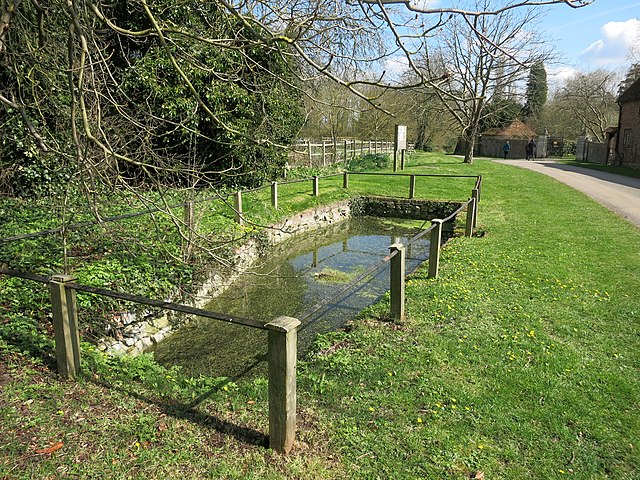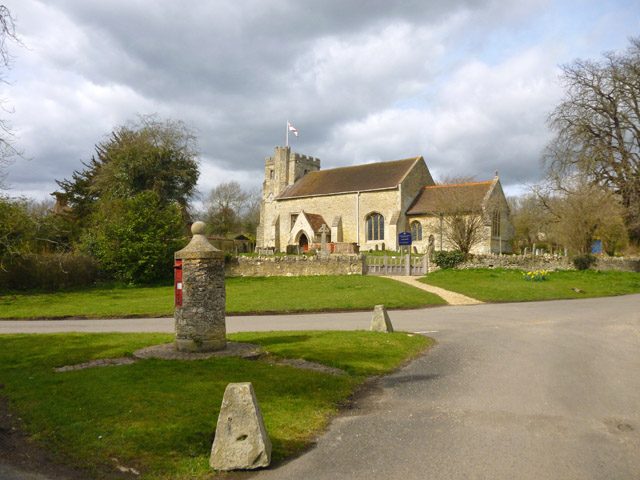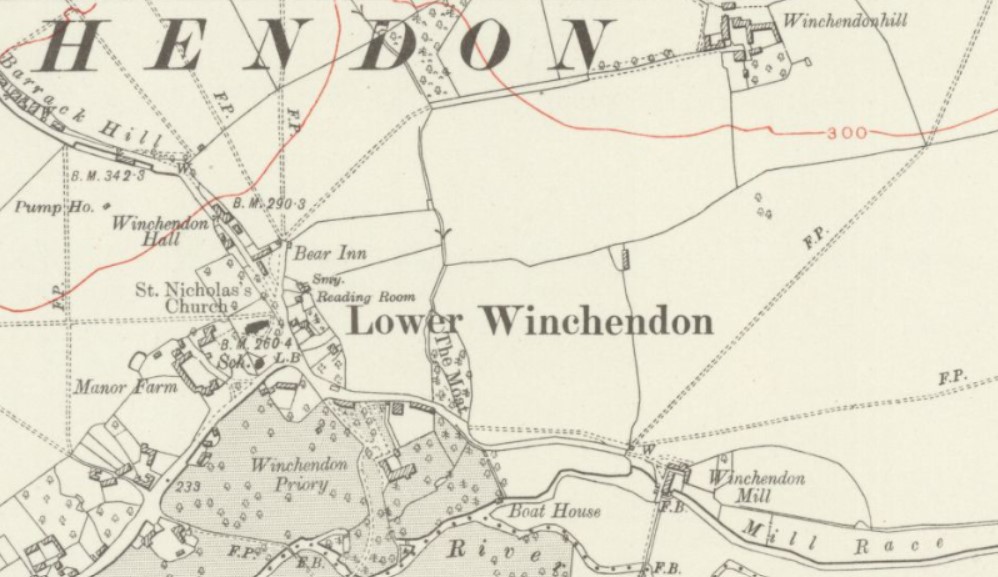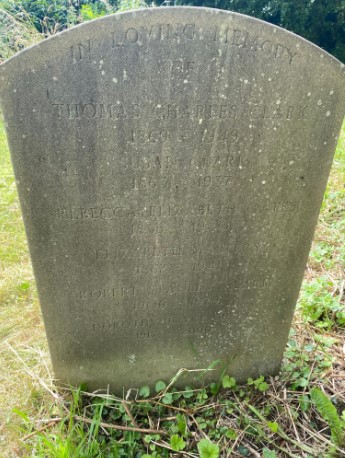Introduction
Elizabeth Masters was a dairy manager at Bridge Close Farm, Hardington, in 1891. During that time, she attended the new dairy school at Crewkerne. However, instead of continuing her career in dairy management, her life took a different direction after her sister married a prosperous farmer. After joining them on their Buckinghamshire farm, Elizabeth led the life of a genteel spinster, focused on the home, religion and social work.
Early life in Dorset
Elizabeth was born on 24 July 1862 at Melplash, the fifth child of Robert and Elizabeth Masters. Her father, Robert, was a dairyman.
After Elizabeth’s birth, her parents had three more children, but the youngest, Robert James, died when Elizabeth was 12 years old.
By April 1881, the family lived at Manor Dairy House, Burton Bradstock. At that time, Elizabeth and her older brother, George, worked in the family dairy, while their sister, Susan, worked as a pupil teacher in the village school.
In January or February 1885, Elizabeth’s mother, Susanna, died, aged only 57.
Life at Hardington
By April 1891, Elizabeth was the dairy manager at Bridge Close Farm. She lived in a modest three-room dwelling close to the home of the farm bailiff, George Marsh.
In May 1891, Elizabeth became one of the first students at the Dairy School, Crewkerne, probably sponsored by Henry Parsons, the tenant of Bridge Close Farm.[1]
While Elizabeth was at Bridge Close, her father fell ill and came to stay with her. He died there on 15 January 1892, aged 65.[2] His body was taken to Burton Bradstock for burial beside his late wife.
Elizabeth may have stayed at the farm until Henry Parsons’s executors sold the livestock in February 1896.[3] After that, she spent the remainder of her life at the home of her sister, Susan, at Nether Winchendon in Buckinghamshire.
Life in Buckinghamshire
Susan Masters initially went to Nether Winchendon to work as a schoolteacher. There, she met and fell in love with Thomas Charles Clark, the son of a local farmer.[4] They married at Tunbridge Wells on 1 February 1898. Thomas was financially well-off, a keen horse breeder and a devout Christian. He and his brother had been responsible for building a Baptist Mission Hall in the village in 1885.[5] Thomas later also attended services at the parish church.
By April 1901, Elizabeth had joined her sister at Winchendon Hill Farm, a holding of 600 acres.[6] During her lengthy stay there, she probably assisted Susan with her religious and social work, helped in the home and participated in raising Susan’s two sons. Elizabeth also cared for Susan during the last ten years of her life when Susan became an invalid.[7]
Susan died at the farm on 9 February 1939, aged 74.[8] Elizabeth died there on 6 December 1941, aged 79.[9]
References
[1] Western Chronicle, 15 May 1891, p.6.
[2] Bridport News, 12 February 1892, p.8.
[3] Western Gazette, 21 February 1896, p.1.
[4] Bucks Herald, 17 February 1939, p.5.
[5] Bucks Herald, 12 December 1941, p.8; 31 March 1950 p.5. On his death in 1907, Thomas’s father, Jonathan Clark, left an estate valued at £5,281-16s-1d; on his death in 1949. Thomas left an estate valued at £931-6s-2d.
[6] The 1881 census describes Thomas’s father, Jonathan, as a farmer of 600 acres.
[7] Bucks Herald, 17 February 1939, p.5.
[8] Bucks Herald, 17 February 1939, p.5.
[9] Bucks Herald, 12 December 1941, p.8.




